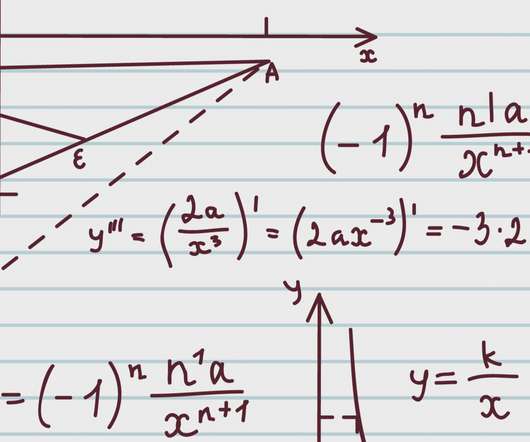Is Algebra Really Necessary?
Edsurge
MARCH 10, 2020
As a result, secondary schools began teaching algebra. Fifty years later Harvard added geometry to its requirements—and secondary schools again followed suit. The figure, according to the National Center of Education Statistics, was 11 percent in 2009.)
























Let's personalize your content